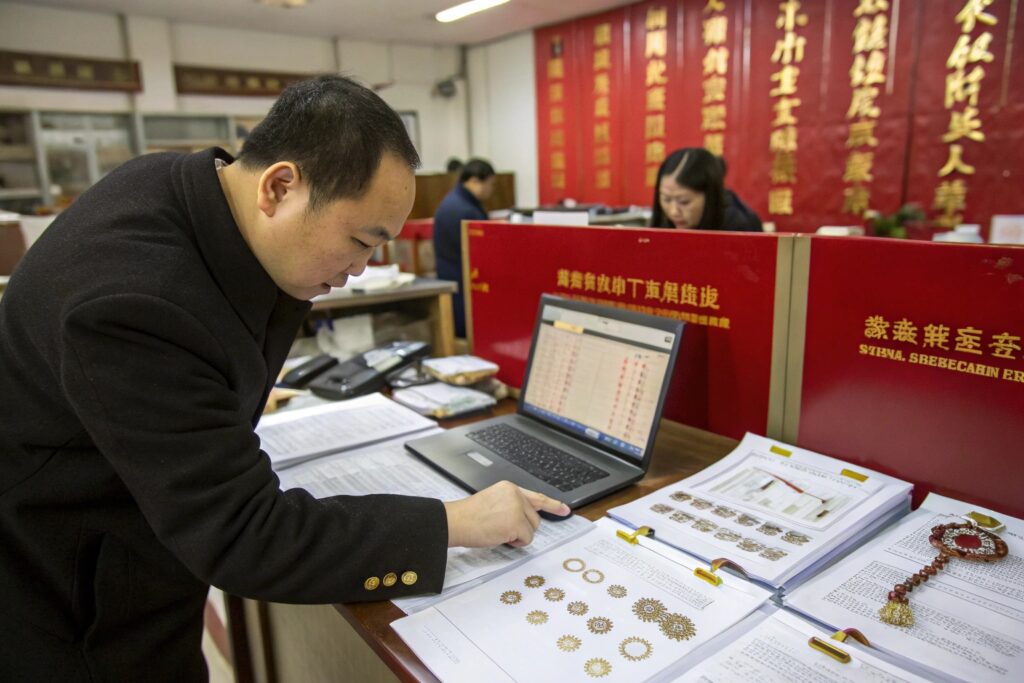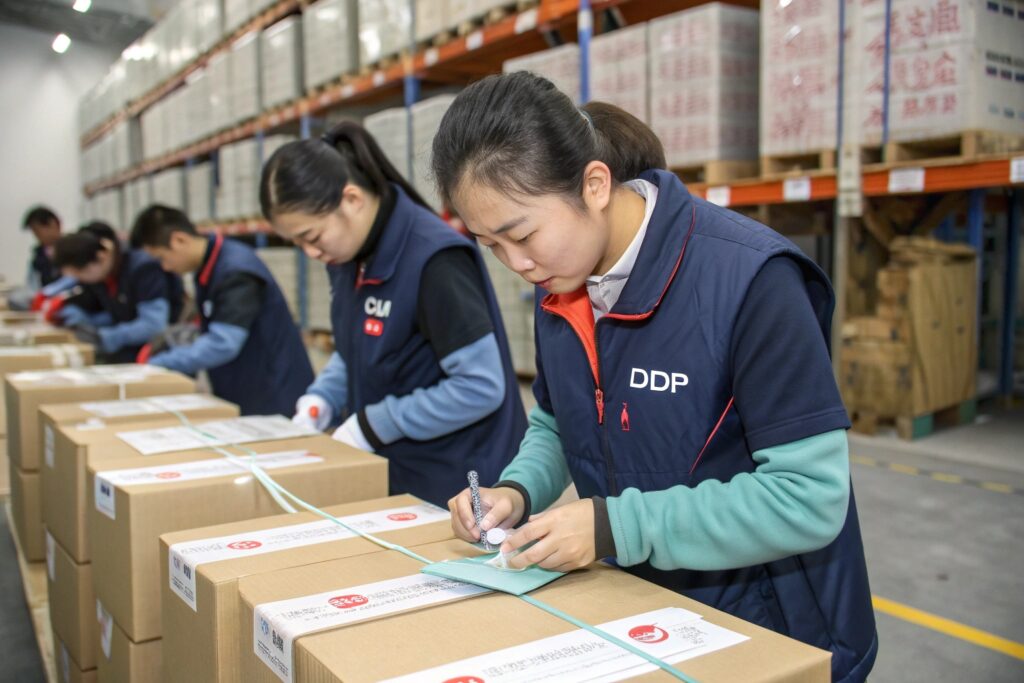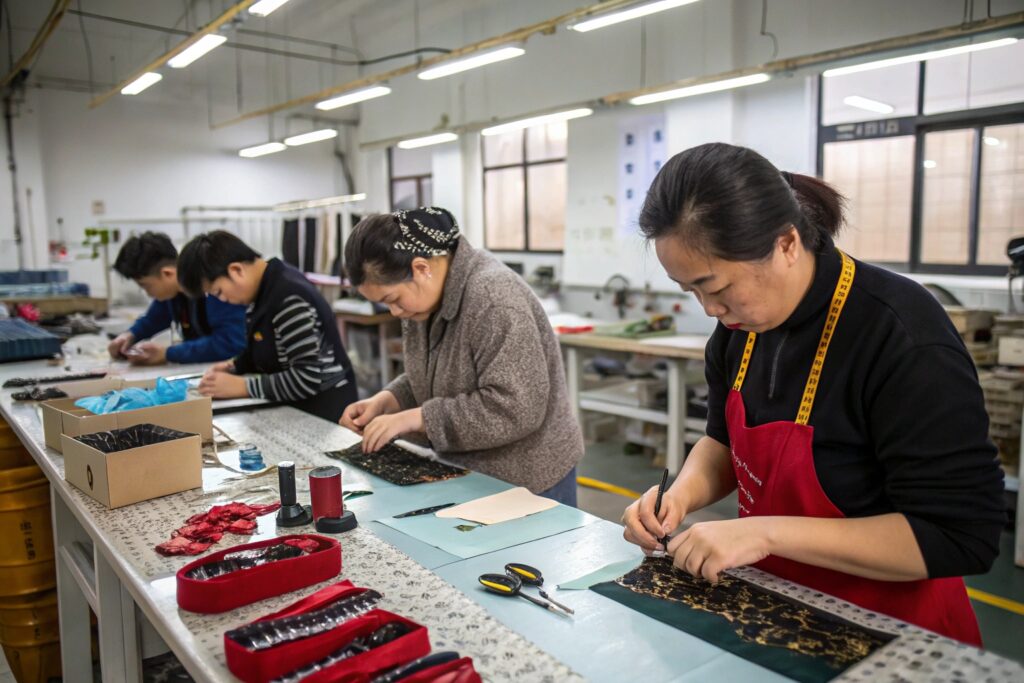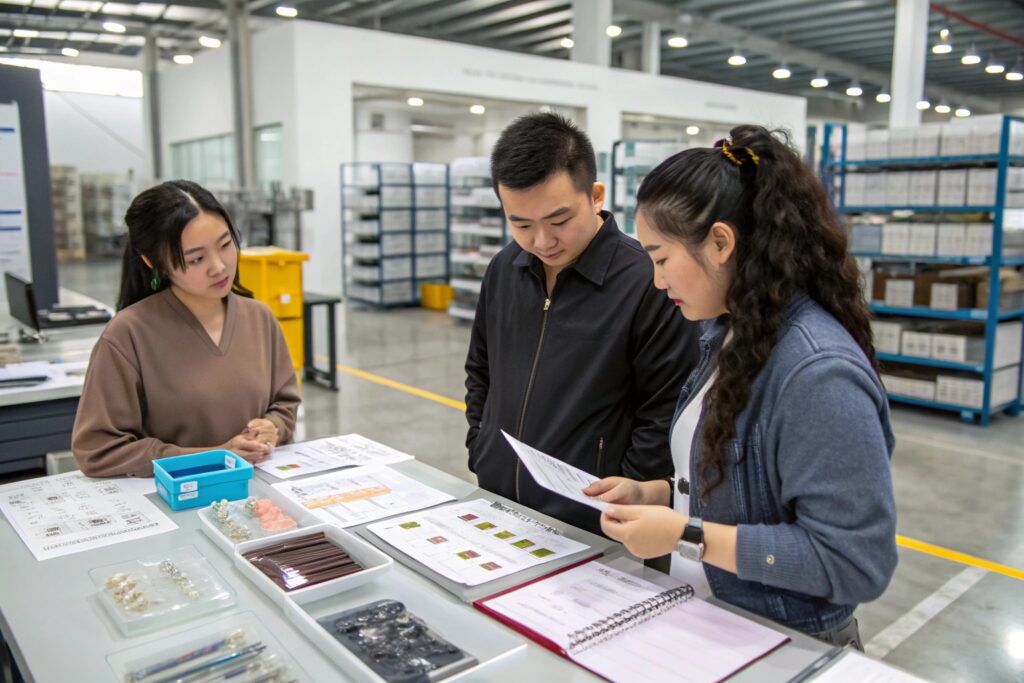Importing hair accessories from China offers great benefits in terms of cost and product variety, but tariffs can quickly eat into your profits. Whether you're an experienced buyer or launching your first collection, navigating these trade challenges is critical. Ignoring tariff strategy may cause delays, unnecessary fees, and even halted shipments at customs.
To import hair accessories profitably, you need the right anti-tariff strategies. This includes smarter shipping methods, optimizing product categories, and working with expert suppliers.
In this article, I’ll walk you through the most effective ways to lower your tariff burden without compromising on quality or speed. These proven strategies have helped many of our clients from the US, Europe, and Russia stay competitive—even during high-tariff seasons.
How Can HS Code Optimization Lower Tariffs?
Getting the HS (Harmonized System) code right can mean the difference between low and high tariffs. Many importers use generic or incorrect codes, which often trigger unnecessary duties. At HairAcc, we’ve worked with clients to fine-tune HS classifications to match precise product features.
By working with experienced freight forwarders and customs brokers, you can ensure the right HS codes and avoid overpaying on duties.

What Are the Common HS Codes for Hair Accessories?
Different types of hair accessories fall under different HS categories. For example, plastic claw clips typically fall under HS Code 9615.11, while metal bobby pins might use 9615.90. Incorrectly grouping all under a single code can trigger red flags and higher scrutiny.
It’s also important to provide precise product descriptions. For instance, describing an item as a "polyester velvet elastic hairband" instead of just "accessory" helps classify it correctly and lower tariff rates.
How Do Small Labeling Changes Affect Tariffs?
Believe it or not, how you label your product affects tariff interpretation. For example, labeling your product as a gift accessory instead of fashion accessory could lead to different HS interpretations and applicable tariffs. Always check with your freight partner about which label is more favorable under your target country's rules.
Many successful importers use tools like the Customs Ruling Online Search System (CROSS) in the US to validate classifications before importing.
Is DDP Shipping an Effective Way to Avoid Tariff Surprises?
DDP, or Delivered Duty Paid, allows you to shift the responsibility for duties, taxes, and customs clearance to your supplier or forwarder. This strategy is popular with importers who want price predictability and fewer customs headaches.
With DDP, the tariff costs are included in your quote, making budgeting easier and reducing the risk of shipment holds at customs.

What Are the Benefits of Using DDP Terms?
When you use DDP, you're not responsible for customs paperwork. Your supplier manages everything—including classification, tax calculation, and documentation. This works well if your team lacks experience in customs processes or if you want all-in-one pricing.
DDP also simplifies international logistics. Many of our buyers from the US and Europe prefer DDP air freight or sea + truck DDP to inland cities, especially for holiday shipments or event deadlines.
For reliable DDP agents, platforms like Freightos offer rated providers with global coverage.
Are There Risks with DDP Shipments?
There are two major risks: hidden markups and poor compliance. Some forwarders may include high tariff margins without breakdowns. Worse, if they declare items incorrectly to avoid tariffs, your business could be penalized.
That's why we at HairAcc only work with licensed partners and maintain transparent DDP quotes, ensuring buyers see tariff, freight, and handling costs clearly itemized. If you're unsure, always ask for the HS code used in the DDP quote and validate it via ImportYeti.
How Can Product Engineering Help Reduce Duty Rates?
Product engineering isn’t just about fashion—it can also minimize tariff exposure. Sometimes, small changes in materials, weight, or construction can reclassify a product into a lower-tariff category.
By adjusting materials or structures, you may reduce tariff levels while preserving your product’s aesthetics and functionality.

Can Changing Materials Impact Classification?
Absolutely. For example, switching from metal to plastic clips, or replacing cotton with recycled synthetic blends, might shift the product into a new HS code with lower or even zero tariffs in some regions.
This is common with our clients sourcing scrunchies and headbands. By using blends or layered packaging, they not only meet style trends but also fall under preferential duty rates under certain bilateral agreements like USMCA or EU-GSP.
You can learn about preferential duty programs that support these changes from official trade authorities.
What Role Does Packaging Play in Tariff Calculations?
Customs sometimes considers the value of packaging in the declared value of goods. Using lighter or simpler packaging not only cuts shipping costs but might reduce your tariff base.
Our clients often shift from gift-box packaging to eco pouches or bulk inner boxes to avoid this. The rule of thumb: keep it functional, protective, but not decorative unless required by retailers.
Explore sustainable options at Packhelp which offer lightweight, branded, and cost-effective designs.
Should You Consider Third-Country Transshipment?
Third-country transshipment is when your goods move from China to an intermediate country, then re-exported to the destination. If handled legally and transparently, it can help you benefit from lower tariffs or free trade agreements in the destination country.
By routing goods through countries with favorable trade deals, importers may reduce or eliminate certain tariffs.

Which Countries Are Common for Transshipment?
Popular transshipment countries include Vietnam, Malaysia, and Mexico. For example, importing to Vietnam first, then forwarding to the US may enable favorable treatment under certain agreements.
However, rules of origin must be met. That means value-added steps like light processing, repacking, or certification must occur in the third country—not just relabeling or reloading.
Resources like the ASEAN Trade Repository or WTO Tariff Database can help understand which countries provide the best advantage.
What Are the Legal Considerations?
Compliance is everything. Misusing transshipment to evade tariffs is illegal and can lead to severe penalties. Your documents must clearly prove the goods underwent substantial transformation or qualify under FTA rules.
That’s why we always work with third-party inspection agencies during re-routing. It provides our buyers with country-of-origin certificates, commercial invoices, and processing documentation to avoid risk.
For best practices, refer to US CBP’s transshipment rules.
Conclusion
Tariff costs don’t have to kill your margins. If you take a proactive approach—choosing the right HS codes, exploring DDP, engineering products smartly, or exploring third-country routing—you can turn trade policies into a manageable cost.
At HairAcc, we’ve helped global buyers—especially in the US and EU—successfully adopt these strategies. Whether it’s tweaking the product, repackaging, or optimizing your shipping terms, we're here to guide you through the process from factory to delivery.
Now more than ever, anti-tariff strategies aren’t just optional—they’re essential to stay competitive in the global hair accessories market.









